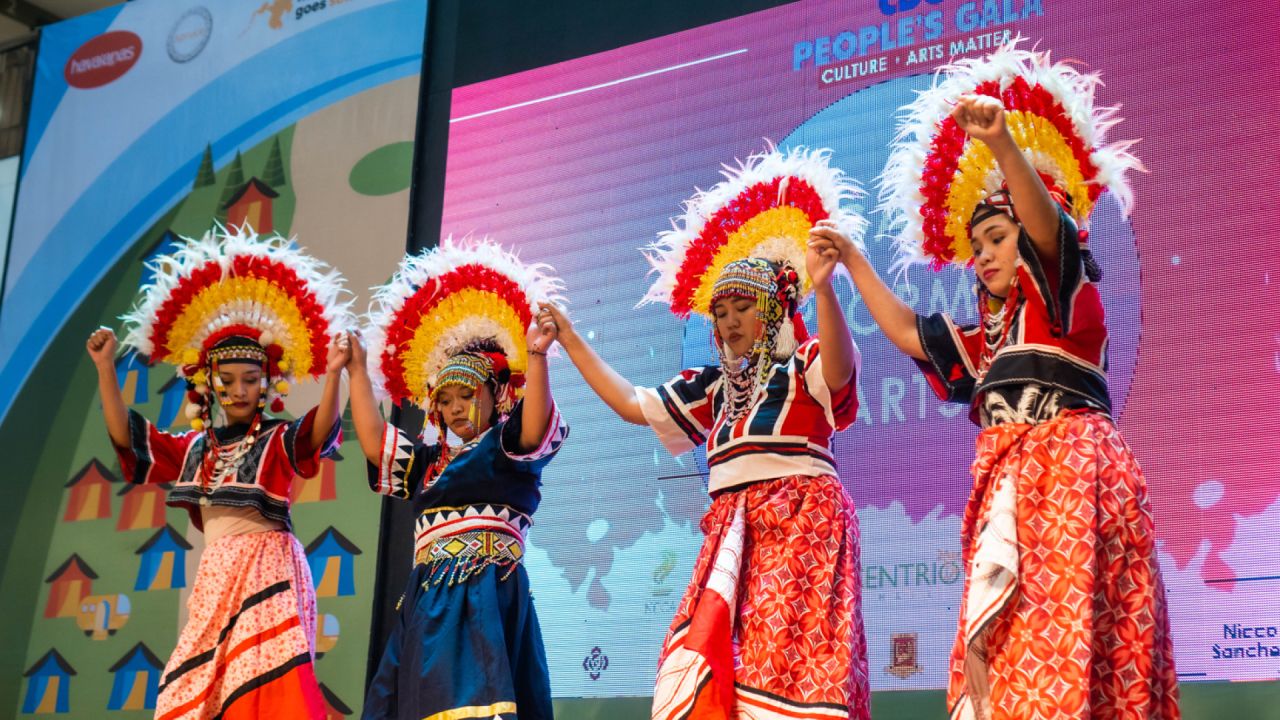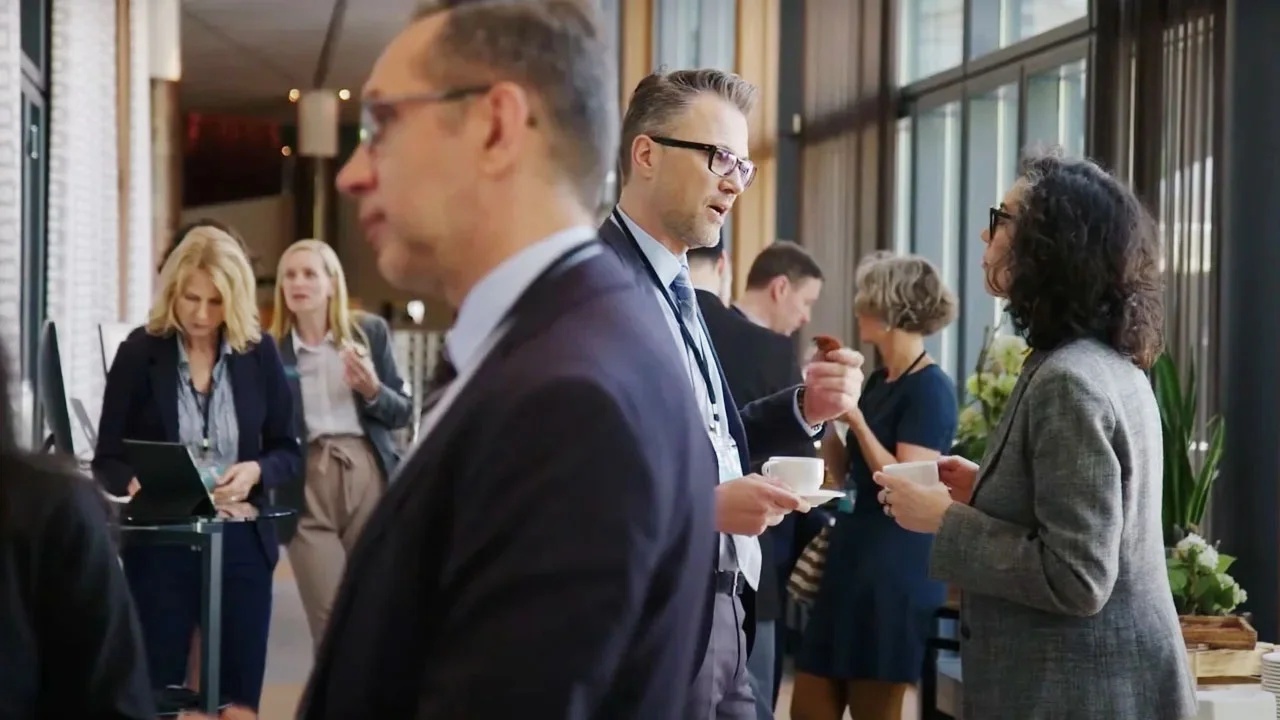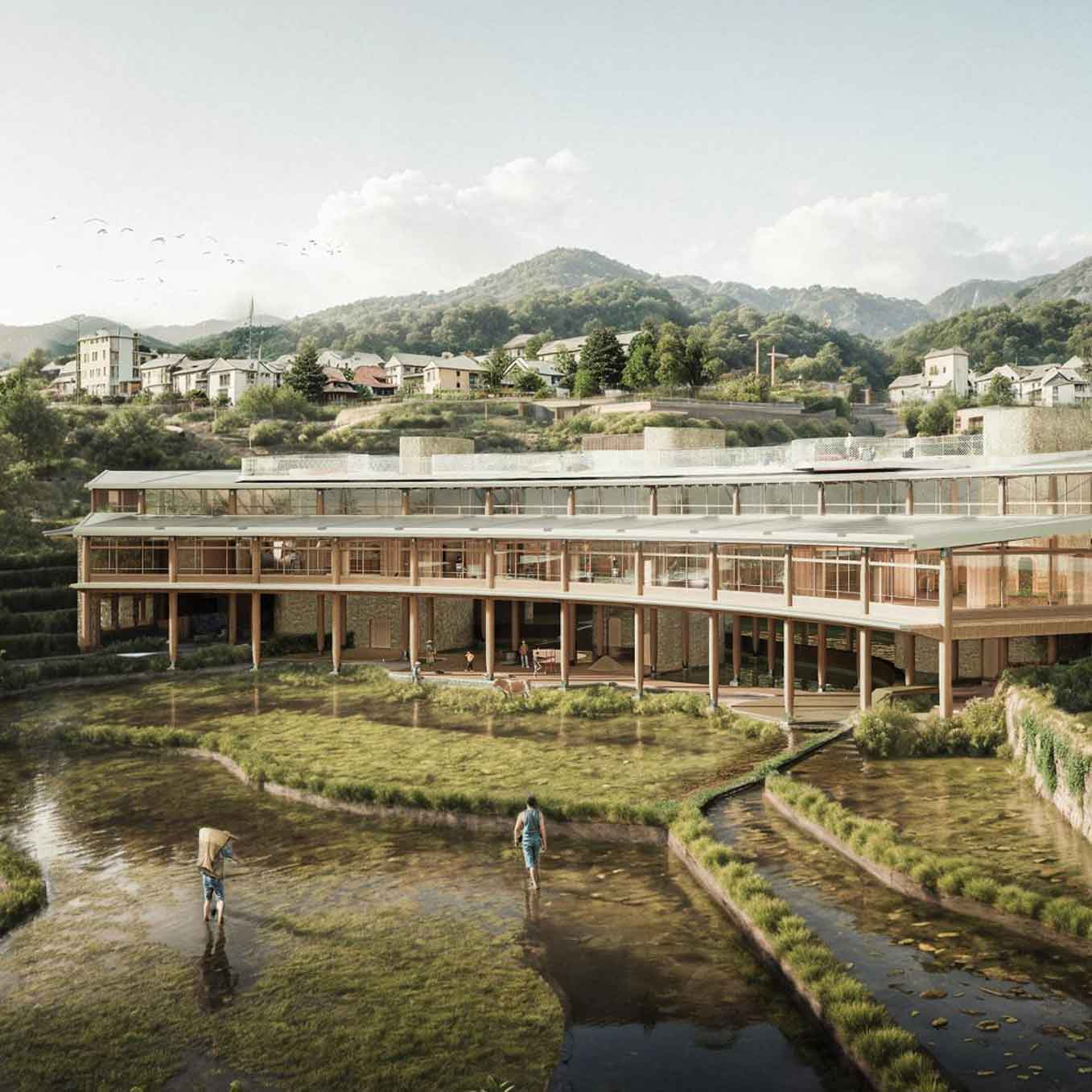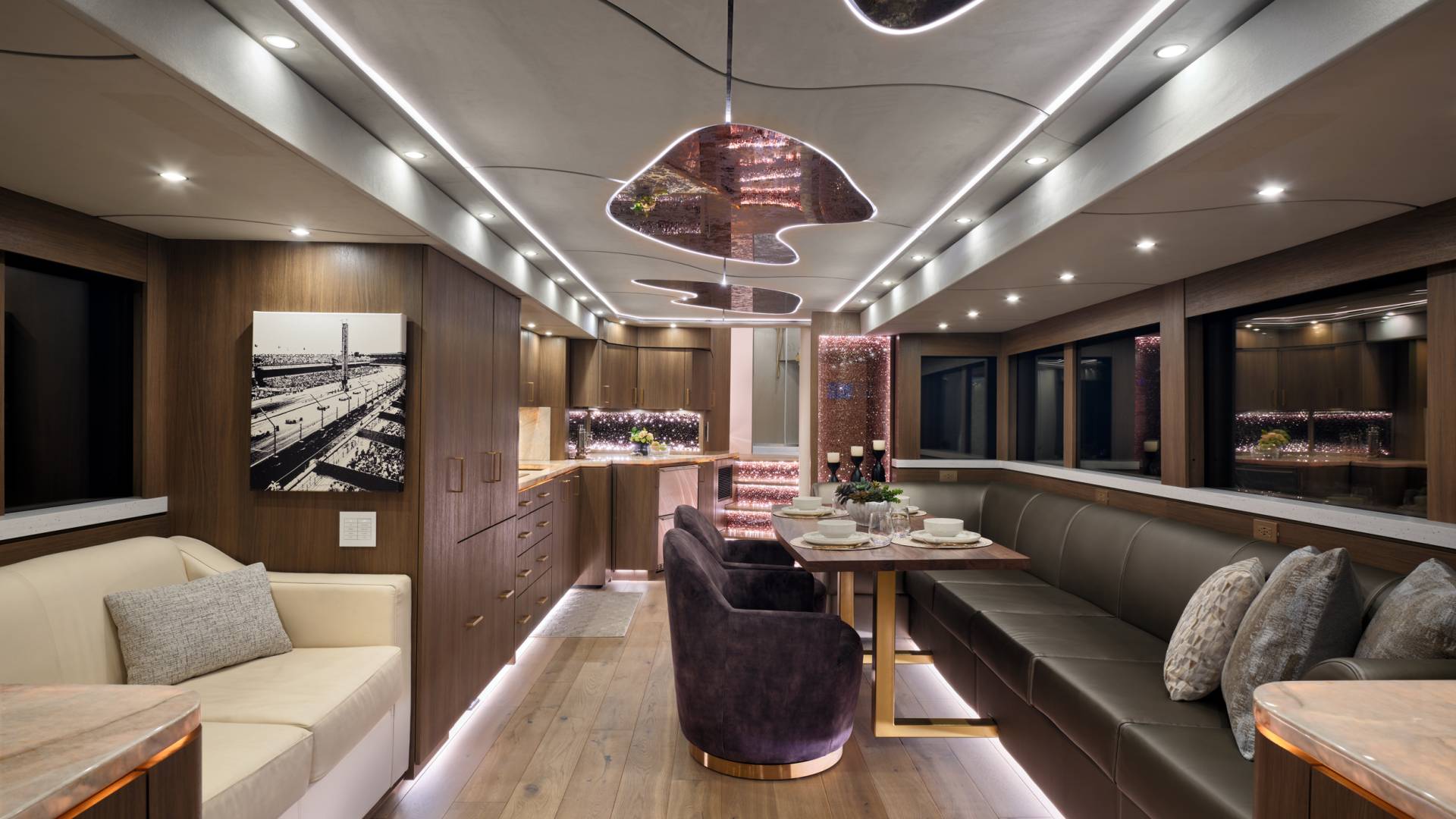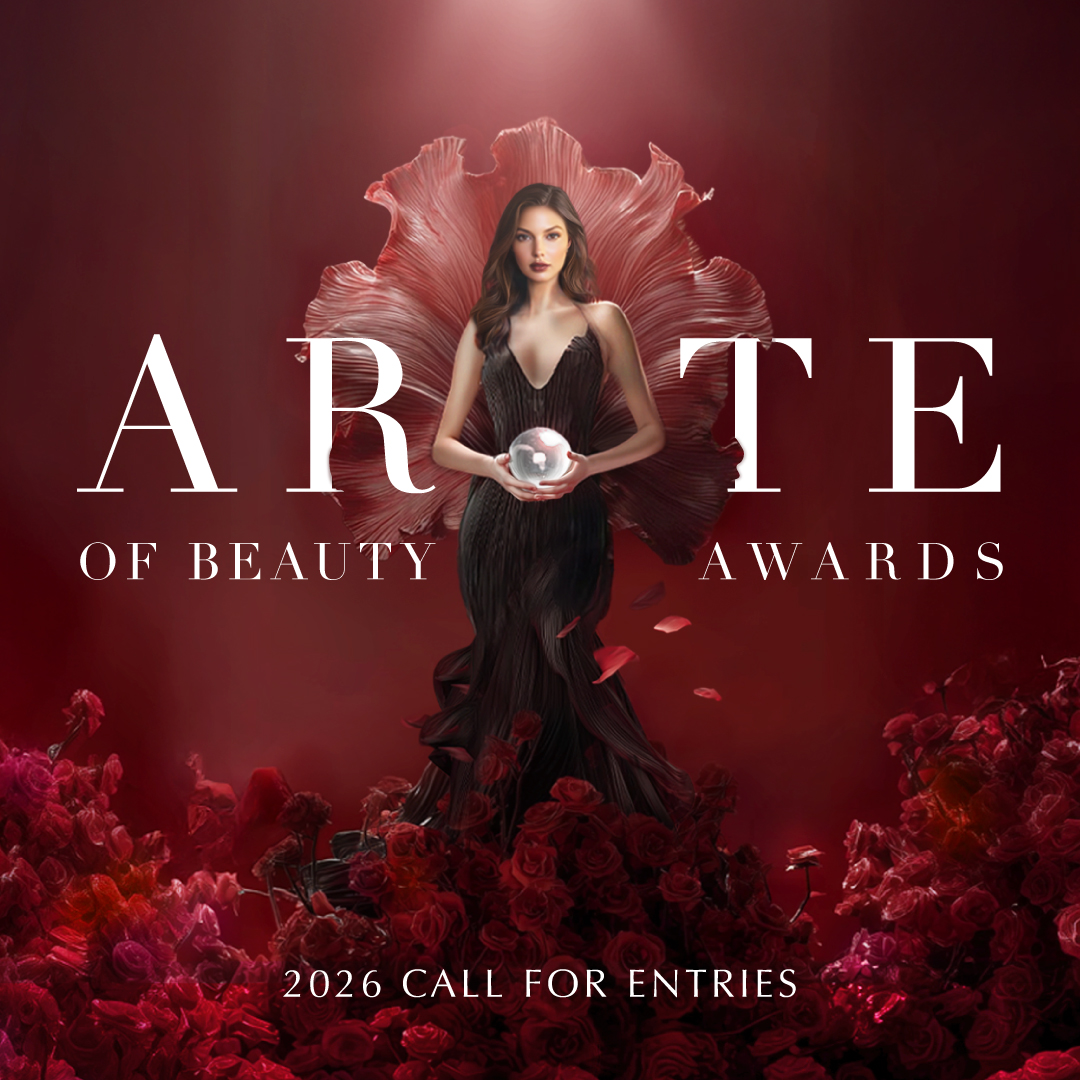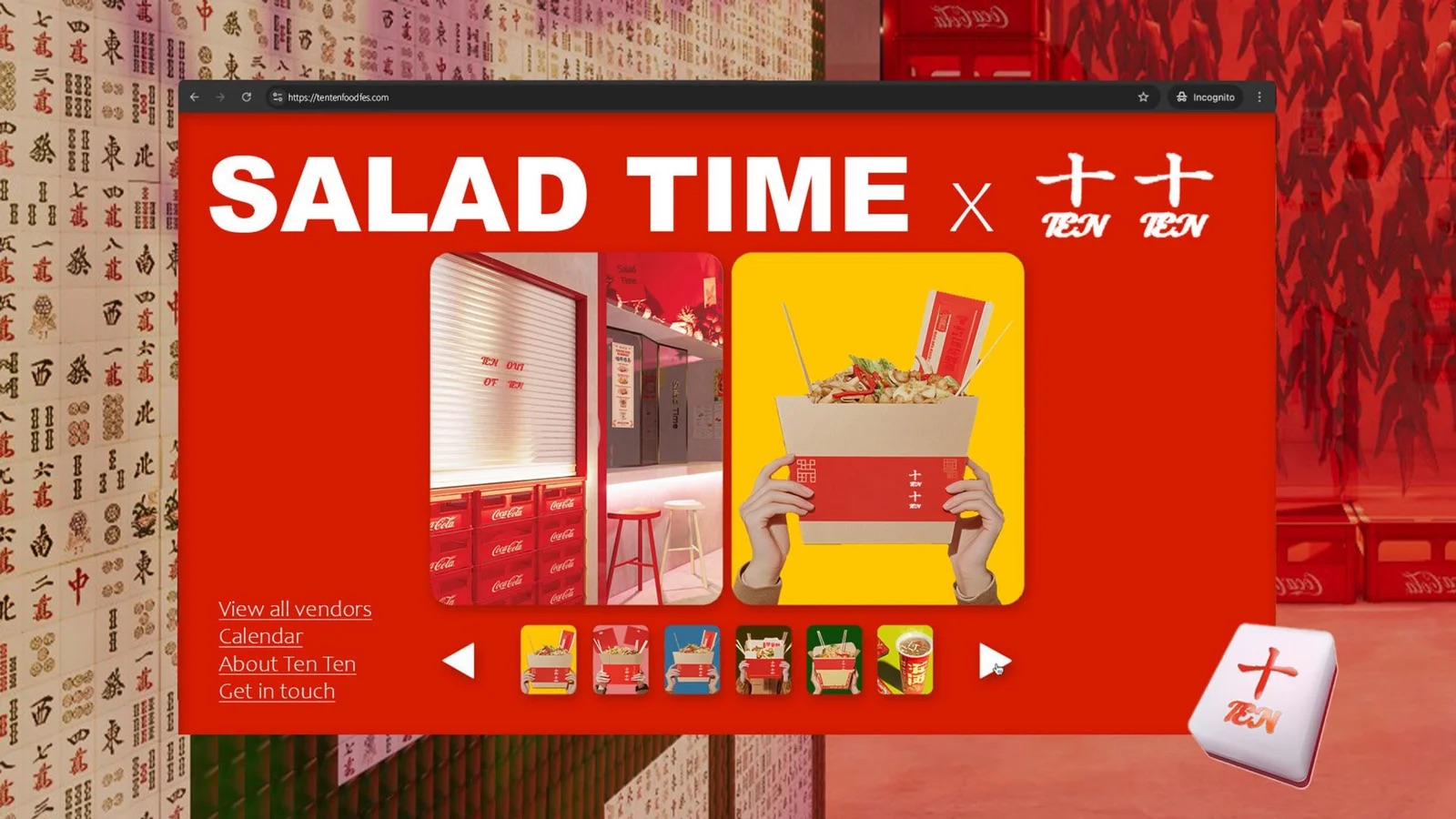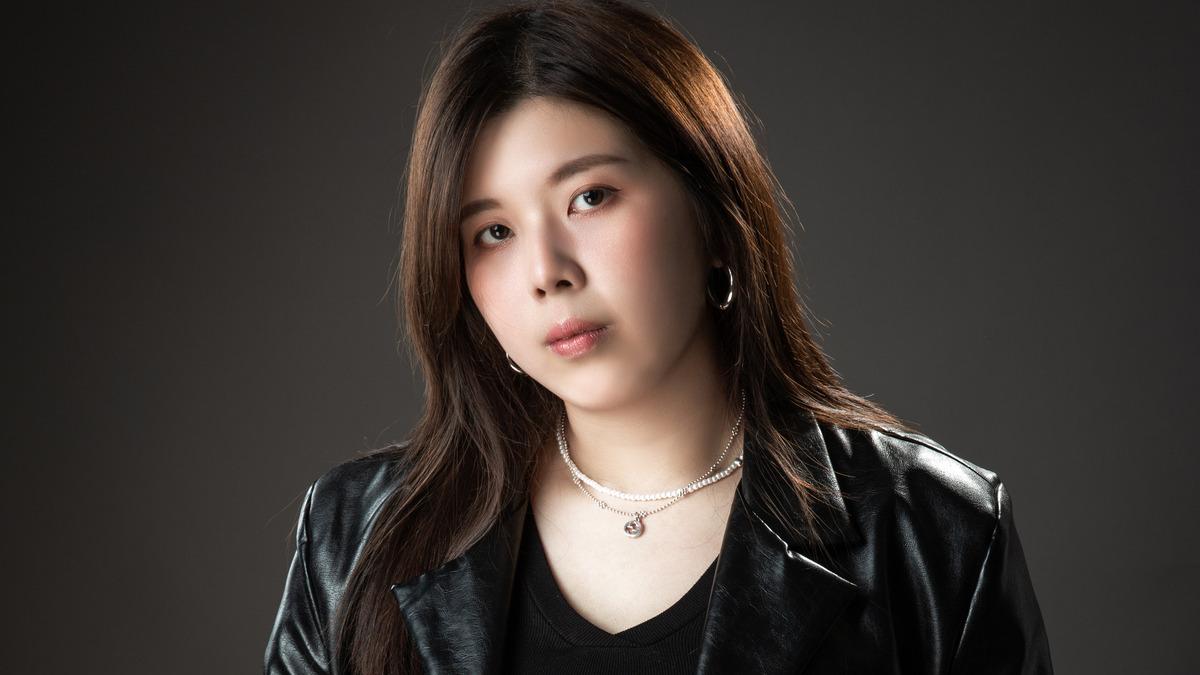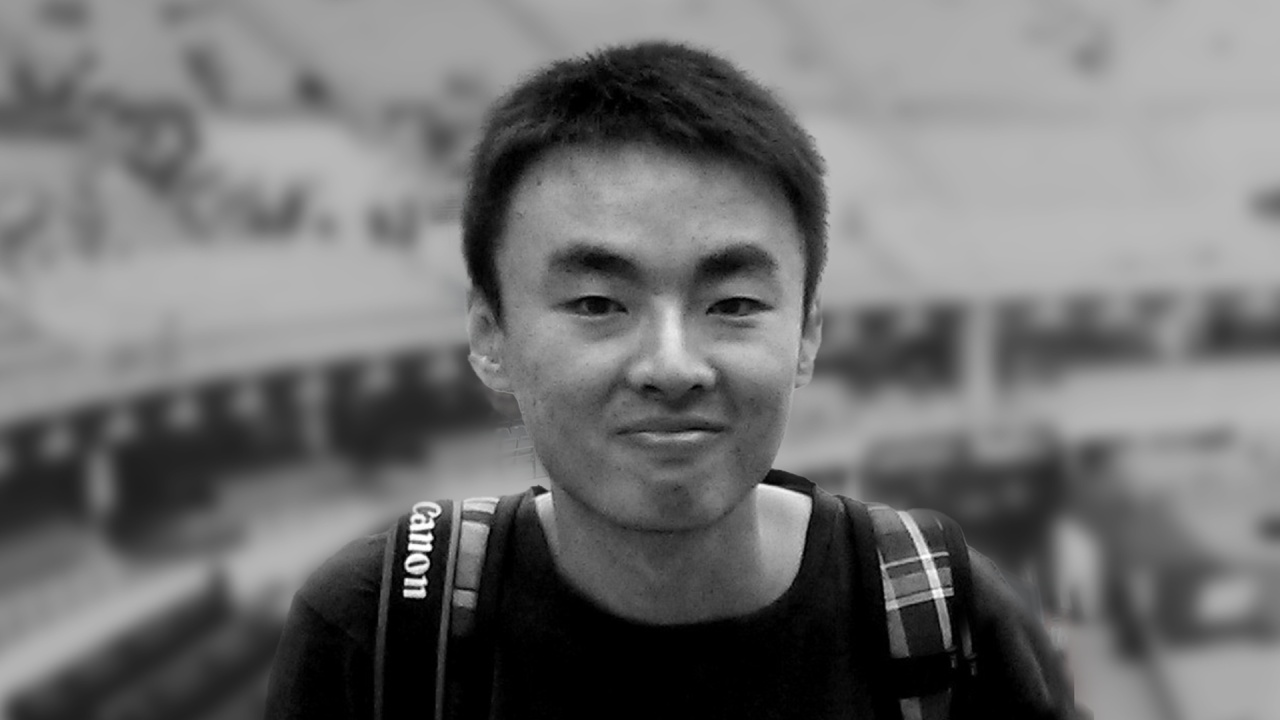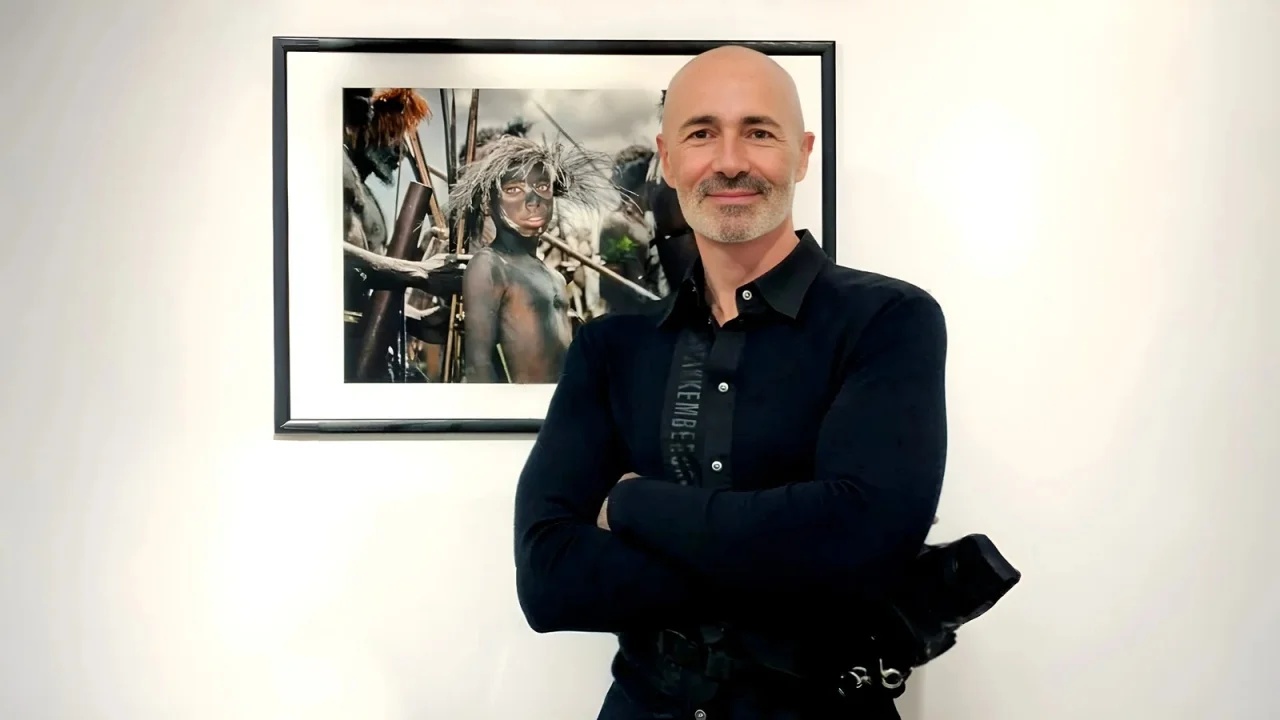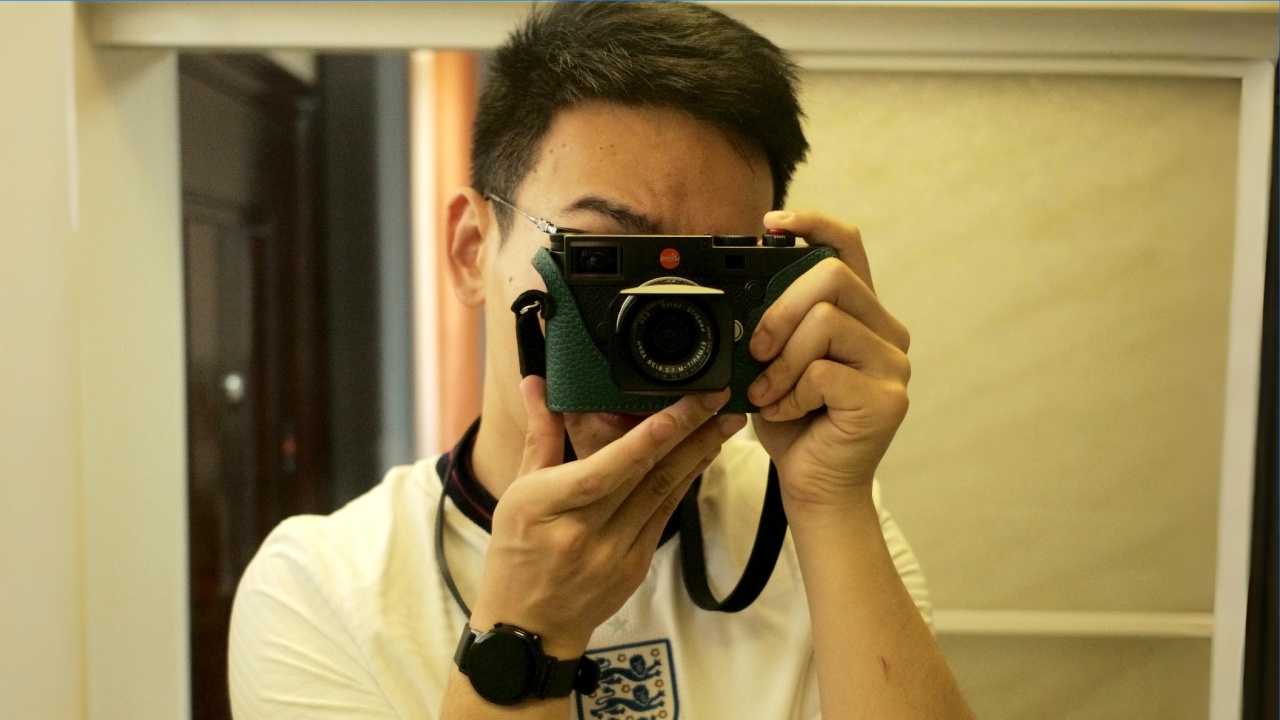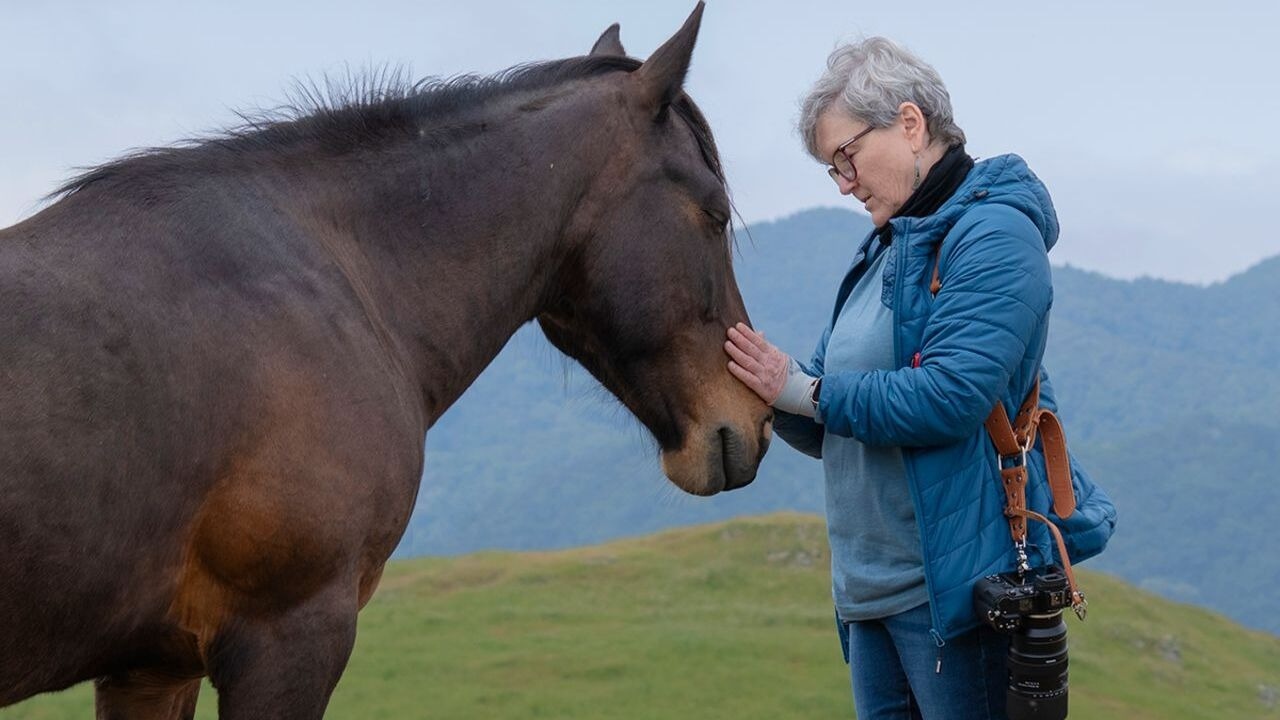Discover Design Insights Through the Mind of Pei Ling Lien of Yun Zhu Interior Design
Pei Ling Lien
At Yun Zhu Interior Design Co., Ltd., Pei Ling Lien transforms living spaces into reflections of their occupants’ inner worlds. Her work reflects years of exploration into how space can shape emotion and how beauty can coexist with purpose.
It is a significant honour to be recognised by the French Design Awards. My name is Lien Pei Ling, and I currently hold the position of Design Director at Yun Zhu Interior Design Co., Ltd. Additionally, I manage a social media platform dedicated to interior styling and spatial aesthetics.
Since my childhood, I have cultivated a profound passion for colour coordination and aesthetic principles. I recognise that design transcends mere beautification; it possesses the ability to affect individuals’ emotions and lifestyles. This understanding motivated my decision to enter the field of interior design, with the aspiration that my work will transform each space into a source of comfort and empowerment for its inhabitants.
Receiving this award is particularly significant for me at this juncture, as this year has presented numerous creative challenges.
In an industry characterised by a proliferation of homogeneous designs, I have consistently reflected on how to distinguish my work while articulating my distinct aesthetic and spatial interpretation.
This award serves not only as a source of motivation but also as a reminder to return to my foundational intention: to remain steadfast in my commitment to aesthetics and to create spaces that genuinely resonate with individuals and cater to their needs. It reinforces my confidence to continue exploring, challenging boundaries, and disseminating my design philosophy to a broader audience.
This achievement has significantly benefited my career, my team, and the organisation as a whole. From a personal perspective, it represents a milestone that bolsters my confidence in my design principles and motivates me to explore innovative approaches that I might have previously been hesitant to adopt.
For the organisation, the accolade has elevated our professional reputation, garnering interest from collaborators across diverse fields and at higher levels. This has resulted in invitations for design exchanges, brand partnerships, and discussions regarding more complex, high-end projects. These opportunities reinforce our conviction that remaining faithful to our design values and aesthetic vision can effectively attract suitable clients and partners.
An experimental mindset serves as a fundamental driving force behind my ongoing professional development as a designer. I assert that design should not remain confined to established comfort zones. The spaces that resonate most deeply with individuals often result from transcending conventional boundaries. In every project, I endeavour to allow for the inclusion of a "variable."
A pertinent example of this approach can be observed in a residential project where I consciously eliminated the traditional division between the living and dining areas. By employing a consistent material palette and colour scheme for both the flooring and ceiling, I utilised light and shadow to delineate the distinct zones.
Initially, the client expressed reservations regarding this design strategy; however, they ultimately discovered that the resulting spatial flow and interaction exceeded their expectations. This project has since become one of our team's hallmark design experiments.
I conceptualise design as a process akin to experimentation within a laboratory; while each endeavour may face the potential for failure, it also holds the possibility of yielding unexpected brilliance.
On an aeroplane. I was sitting by the window, watching how the light shifted with the angle of the flight.
The ethereal, soft, and layered colour palette inspired me to translate that into interior colour schemes—using low-saturation gradients of warm and cool tones to create an atmosphere that feels both warm and profound.
What I wish more people understood is that design isn’t a rushed product—it’s a process that requires time, patience, and deep mental investment to refine.
A client’s expectations serve as a reflection of their lifestyle and values, while my design concepts are developed through years of professional expertise and aesthetic principles.
Achieving a balance between these two aspects necessitates a mutual understanding and careful guidance. I commence the design process by dedicating significant time to comprehending the client’s needs and preferences, as well as observing their daily habits. This approach is crucial, as there are often discrepancies between what clients articulate as their desires and what genuinely aligns with their individual requirements.
The biggest challenges came from repeated client revisions, budget limitations, and unexpected on-site construction changes. During the initial phase, the client's vision kept shifting, so every revision meant reworking layout flow, proportions, and material combinations to preserve both function and aesthetics.
Budget was also a constraint—some high-end materials we originally planned for were too costly, so I had to strike the ideal balance between quality, effect, and cost. Later, during construction, discrepancies between the site and the drawings required spontaneous structural and detail adjustments.
My solution was constant communication and flexibility—helping the client clarify their needs through discussion, using samples and 3D renderings to reduce misunderstanding, and making quick on-site decisions that maintained both beauty and feasibility.
When I hit a creative block, I step away from my work environment and do things that help me relax and reconnect with life. Travel is particularly healing—it allows me to experience local colours and scents, which often help me break out of mental ruts.
The values I most often infuse into my designs are a sense of lived-in warmth and responsibility. I want each space to be more than a showcase—it should accompany its users and become richer with time.
Responsibility means committing to every project and client, regardless of budget, timeline, or on-site challenges. I stay fully involved to ensure the design is faithfully realised. To me, design is an extension of a life attitude. When a designer brings their values, life experience, and sense of responsibility into a project, the space gains a soul.
Stay passionate and curious. Take the time to hone your craft step by step, building strong fundamentals—so that when opportunities arise, you’re truly ready to seize them.
If I had the opportunity to choose a collaborator, I would be honoured to work with my aunt. She was once ranked among the top ten designers in China and has been a significant source of inspiration for my pursuit of a career in design. Throughout my upbringing, I observed her ability to create beauty within various spaces. Her meticulous attention to detail and her view of design as a profound vocational calling have profoundly influenced my own perspective.
Collaborating with her would transcend a mere professional engagement; it would represent an intergenerational dialogue. I aspire to learn from her extensive experience and visionary insights on how to effectuate positive change through design, while simultaneously contributing my generation's understanding of colour, lifestyle, and international aesthetics.
In my view, such a partnership is not solely a professional aspiration; it embodies a continuation of shared emotions and ideals that bind our experiences.
I often wish that individuals would inquire, “What do you prioritise most when designing a space?” My response is: the people.
From my perspective, design transcends mere aesthetics; it is fundamentally about cultivating an environment where individuals feel understood, valued, and fulfilled. It is essential to create a space that becomes increasingly inviting and enriching over time.
Winning Entry
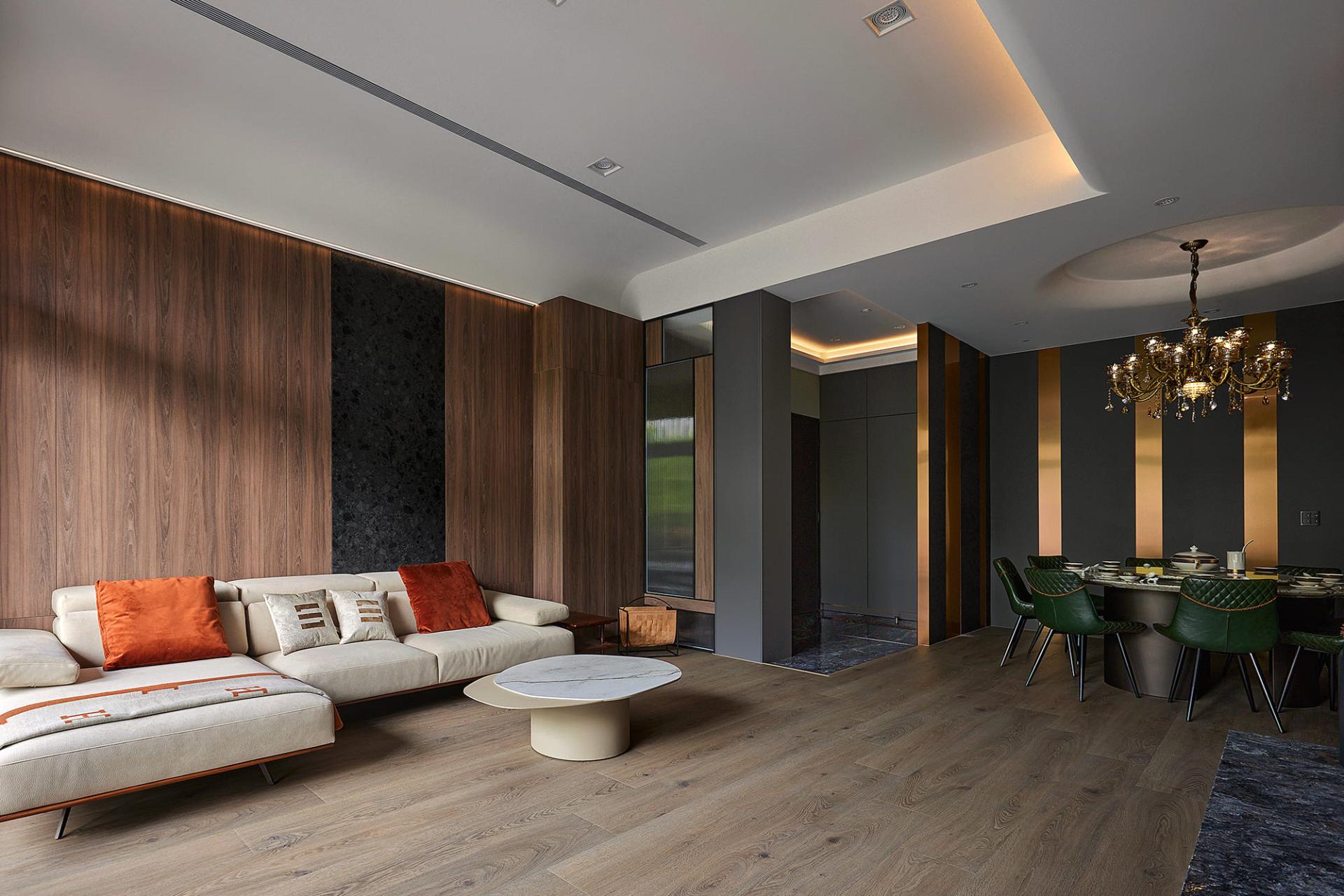
Explore how design influences and creates futures through governmental projects in "Fields of Thought: Chih-Hua Wang’s Journey Through Renewal and Design" here.
ADVERTISEMENT



